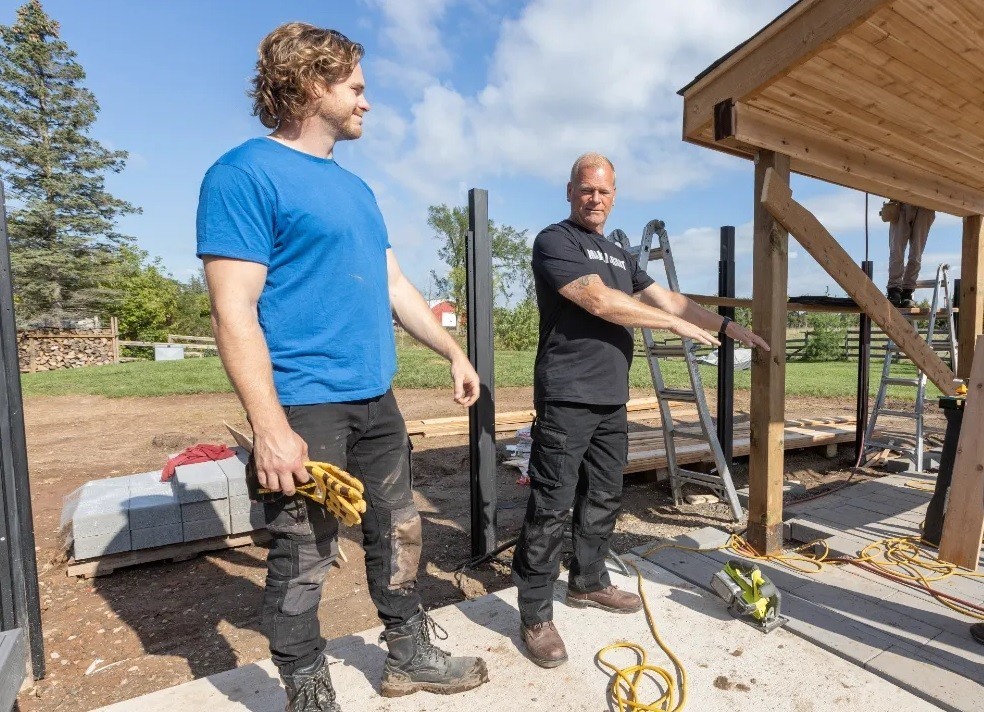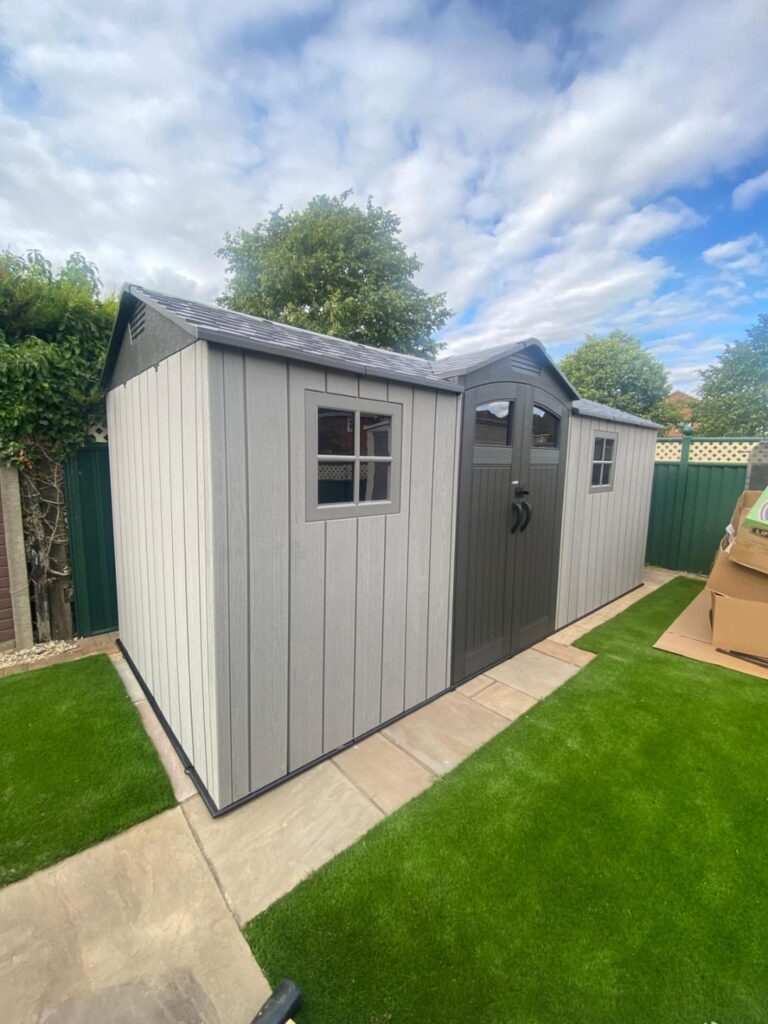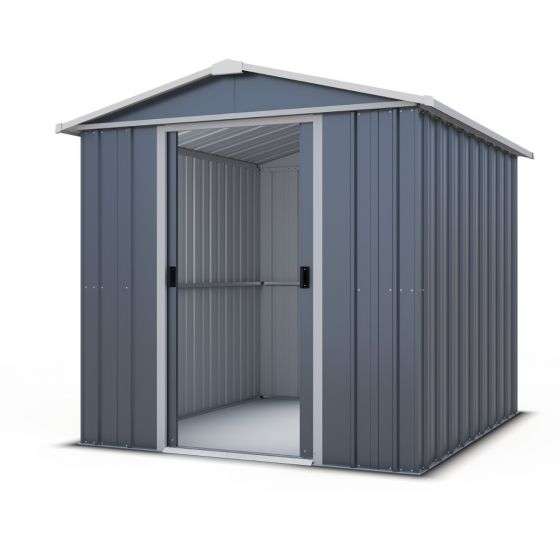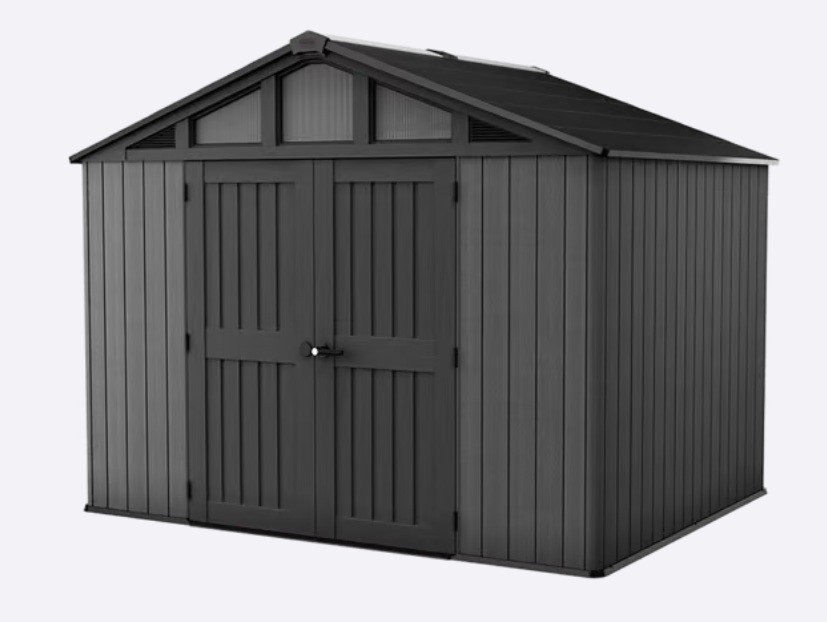Shedding light on garden storage
Shedding light on garden storage

A garden shed can be a do-it-yourself project, but it depends on what you want, how big you want it to be, and what your local municipality dictates. While some homeowners may opt for a ready-made shed that just needs assembling, a well-built shed is sturdy and can last for years if built right. However, building a shed has restrictions, and you may need a permit, so always check with your local council.
Sheds are a terrific solution for storage and make a great home improvement project. They’re a great place to store your patio furniture, umbrellas, lawn mowers, equipment, and toys. It’s an excellent option if your garage is too crowded or if you need to make additional room.
But be warned. I’ve seen many homeowners build beautiful custom sheds from the ground up and do what they thought was right, only to have City officials come by and force the homeowners to demolish them. Either for maintenance, to check the sewers and drainage, or because a neighbour called them. Do your research, and figure out what you can and can’t accomplish before digging. You’ll save both time and money and a lot of hard work.
A shed is only a good idea if it is built correctly, so make sure you adequately waterproof your shed. If you wish to run electrical or heating, you’ll need a permit, so hire a qualified electrical contractor.
The first step in the process is determining whether you require a building permit. The current Ontario building code states that any shed larger than 10 square metres requires a building permit. While visiting city hall, it may be wise to double-check other aspects such as lot coverage restrictions.
Be aware that there will likely be limits on overhang depth and how near it may be to the property line before drawing up designs. Remember that the shed’s foundation isn’t the only thing that can’t cross-property borders. Utility lines, electrical lines, easements, and zoning may have a role.
The next step is to determine the location of the shed. There should be around a two-foot clearance around the perimeter of the shed base, easy access to essential utilities, and no overhanging branches or neighbouring tree roots. You’ll also want to ensure the shed’s location is convenient, safe, and logical for your needs.
In addition to the size of your shed, you’ll also want to consider the style as you want it to compliment the exterior of your home. Will you require power or water? Remember to have your contractor incorporate plumbing into the plan — both alternatives will need permits.
Consider the snow load while choosing a roof type. While a gently inclined, self-supporting, single-slope roof can properly drain rainfall, it may not be enough for significant snowfalls, especially if your shed isn’t heated. Metal roofs are better at shedding snow than shingled roofs.
The most crucial stage is laying the foundation for the shed. It protects your shed from ground dampness and keeps it sturdy. The sort of foundation you construct will be determined by the size of your shed and the climate in your area. Many individuals try to build a shed pad out of concrete pavers, which is excellent, provided the shed is modest, and the pavers are installed on a stable and compact foundation.
A poured concrete slab is a better option, and is what’s recommended, especially if your shed is on the larger size. However, it’s essential to ensure the concrete is at least 4 inches in thickness and poured over five to-eight inches of compacted gravel and earth.
You can mix the concrete yourself or have a truck pour the concrete pad for you. Place your anchors every three to five feet along the border of your shed before it sets and install a sill gasket over the anchors so your shed’s wood frame — if you’re using wood — doesn’t come into contact with the concrete. (Wood should never come into contact with concrete!) Even in 100 m.p.h. wind gusts, anchors will keep your shed upright.
You may also insulate the shed the same way you would a regular two by four studded wall — with batt insulation and a vapour barrier — depending on what you want to use it for. However, your shed should be aired to avoid condensation problems.
Sheds are outside buildings that are a part of your property, and you should treat them as if they were an extension of your home. Keep your shed in good condition, as a neglected shed detracts from your home’s overall curb appeal. Plus, it can also be dangerous, putting any objects at risk of damage, especially if water seeps in. Build your shed right the first time, and you’ll save time and money and your shed will last for years.



